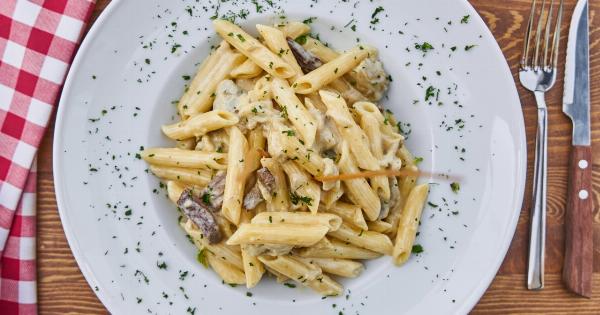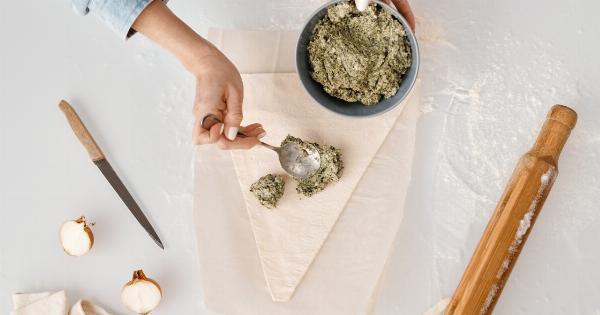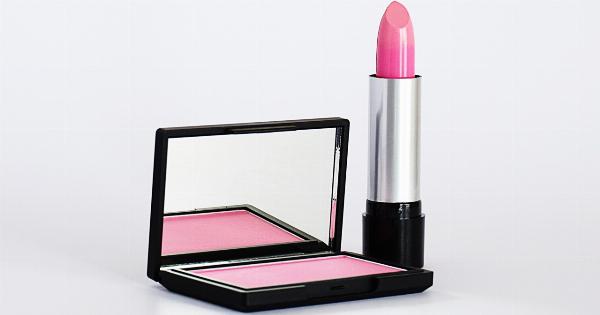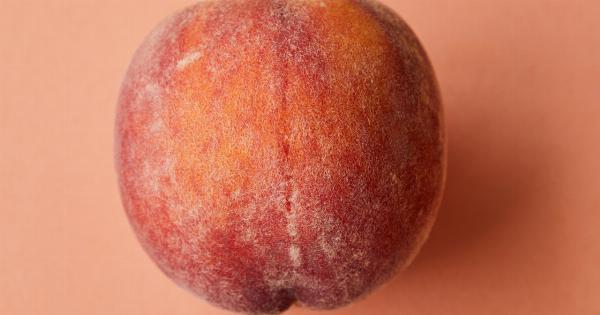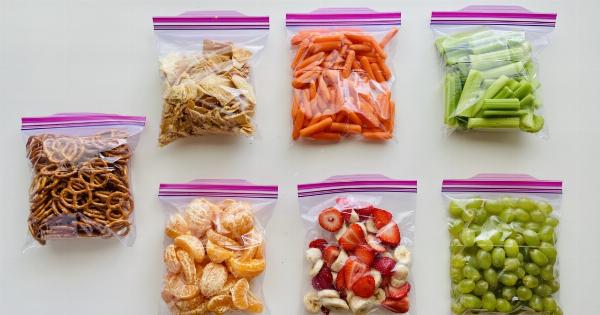When it comes to food safety, knowing when to throw out moldy cheese can sometimes be confusing.
Mold is a type of fungus that grows on food, and while certain types of cheese are intentionally made with mold, others can become contaminated with harmful molds during storage or handling. In this article, we will explore when it is safe to consume moldy cheese and when it is best to discard it to avoid potential health risks.
The Different Types of Mold on Cheese
Not all molds are created equal, and some can pose health risks if consumed. It is important to distinguish between the various types of mold found on cheese to make an informed decision about its edibility.
Safe Molds in Cheese
There are certain types of mold that are intentionally used in the production of specific cheeses. For example, blue cheese is known for its distinctive blue or green veins of mold running throughout the cheese.
The molds used in blue cheese are safe to consume and are an essential part of the cheese-making process. Other types of cheeses, like Brie or Camembert, may also have a white mold on their rind, which is safe to eat.
Unsafe Molds in Cheese
Not all molds found on cheese are safe to consume. Some molds can produce mycotoxins, which are poisonous substances that can cause illness if ingested. These molds can appear as fuzzy or powdery patches of different colors, such as green, black, or pink.
It is crucial to identify these unsafe molds and discard the cheese if it is contaminated.
When to Throw Out Moldy Cheese
While it is generally safe to consume cheeses with safe, intentional molds, there are certain situations when you should throw out moldy cheese:.
1. Visible Signs of Spoilage
If the cheese exhibits signs of spoilage, such as an off smell, sliminess, or unusual texture, it is best to err on the side of caution and discard it.
Even if the mold may appear safe, these signs could indicate other forms of contamination or bacterial growth.
2. Pink, Green, or Black Molds
Molds with these colors are generally considered unsafe. They can indicate the presence of potentially harmful molds or bacteria. It is recommended to throw away any cheese with these types of mold.
3. High-Moisture Cheeses
Certain types of cheeses, especially high-moisture ones like soft cheeses or fresh cheeses, are more prone to mold growth. If you spot any mold on these cheeses, it is best to discard them entirely, as the mold can easily penetrate the entire product.
4. Mold on Hard Cheeses
For hard cheeses like cheddar or Parmesan, you can cut off at least 1 inch around and below the moldy spot. Make sure to keep the knife away from the mold to prevent cross-contamination.
The remaining cheese should be safe to consume if it shows no signs of spoilage.
5. Immune Compromised Individuals
Individuals with weakened immune systems, such as those undergoing chemotherapy or organ transplant recipients, should be extra cautious when it comes to moldy cheese.
These individuals are more susceptible to foodborne illnesses and should avoid consuming any cheese with visible mold, even if it is considered safe for others.
Preventing Mold on Cheese
While it’s essential to be aware of when to throw out moldy cheese, it is also crucial to take preventive measures to reduce the likelihood of cheese getting moldy in the first place:.
1. Proper Storage
Store cheese in the refrigerator at temperatures below 40°F (4°C) and keep it in airtight containers or tightly wrapped in plastic wrap or foil. This helps to slow down mold growth and prevent cross-contamination.
2. Separate Storage
Avoid storing different types of cheese together. This prevents the spread of mold from one cheese to another if one piece becomes contaminated.
3. Cut and Clean
When serving cheese, cut off only the amount you need and keep the rest intact to minimize exposure to air and potential mold contamination. Additionally, clean cheese knives or slicers between different cheeses to avoid cross-contamination.
Conclusion
Knowing when to throw out moldy cheese is crucial for maintaining food safety. While some types of mold on cheese are safe to consume, others can pose health risks. It is essential to identify unsafe molds and discard the cheese if contaminated.
By following proper storage and prevention methods, you can minimize the chances of cheese becoming moldy and ensure the safety of your cheese consumption.

